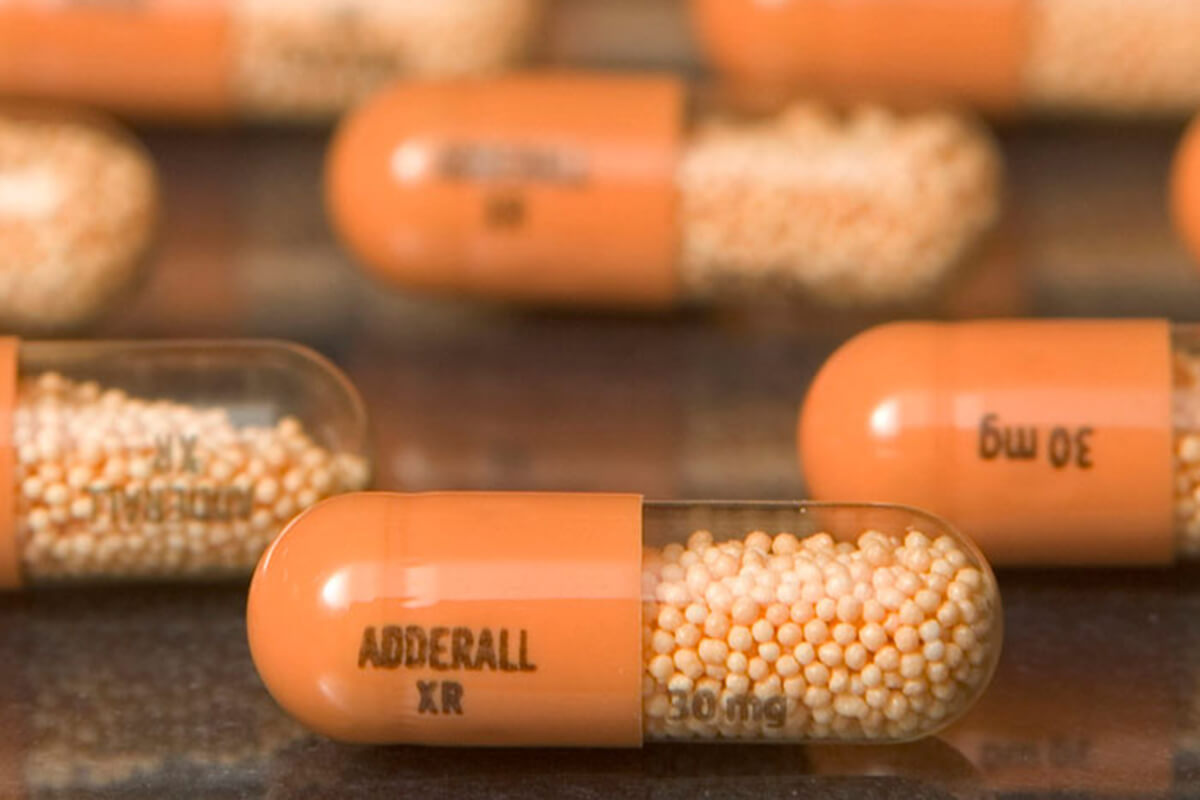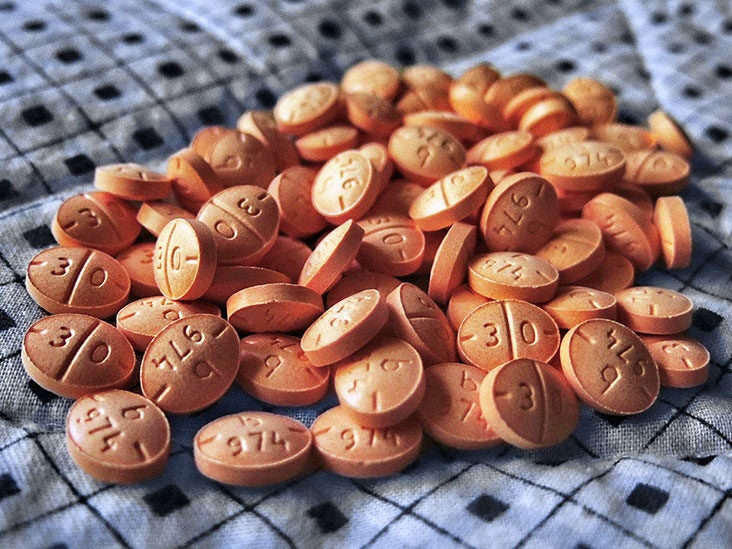Amphetamine
-- { Adderall, Vyvanse, Speed, Uppers } --
Amphetamine is a stimulant that speeds up the central nervous system, often used to treat ADHD. Users experience heightened alertness, energy, and concentration. However, it can also induce adverse effects like nervousness, rapid heartbeat, and can contribute to severe psychological issues if abused.
What is Amphetamine?
Amphetamine is a potent, synthetic drug that primarily acts as a stimulant, but also has other effects. It's prescribed for a variety of medical conditions, including ADHD, narcolepsy, and in some cases, obesity. The drug exists in multiple forms, including dextroamphetamine, levoamphetamine, and the combination of both, known as Adderall. On the streets, it's often referred to by names such as speed, meth, and ice. Despite its medical applications, amphetamine has a high potential for misuse and addiction, leading to its strict regulation.



How it Works
Amphetamine works by increasing the activity of certain neurotransmitters in the brain, specifically dopamine, norepinephrine, and to a lesser extent, serotonin. It achieves this by promoting the release of these neurotransmitters and inhibiting their reuptake, leading to an increased concentration in the synaptic cleft. This results in enhanced neurotransmission and prolonged signal duration. The increased presence of these neurotransmitters in the brain leads to heightened alertness, attention, and energy, decreased fatigue, and increased physical activity.
History
Amphetamine was first synthesized in 1887 by a Romanian chemist named Lazăr Edeleanu, but its psychoactive effects weren't discovered until the 1930s. Initially, it was used to treat a variety of conditions including asthma, narcolepsy, and hyperactivity in children. During World War II, amphetamine was widely used by soldiers to combat fatigue and enhance performance. However, by the 1970s, the addictive potential and harmful side effects of amphetamine were recognized, leading to regulatory control and its classification as a Schedule II drug in the U.S.